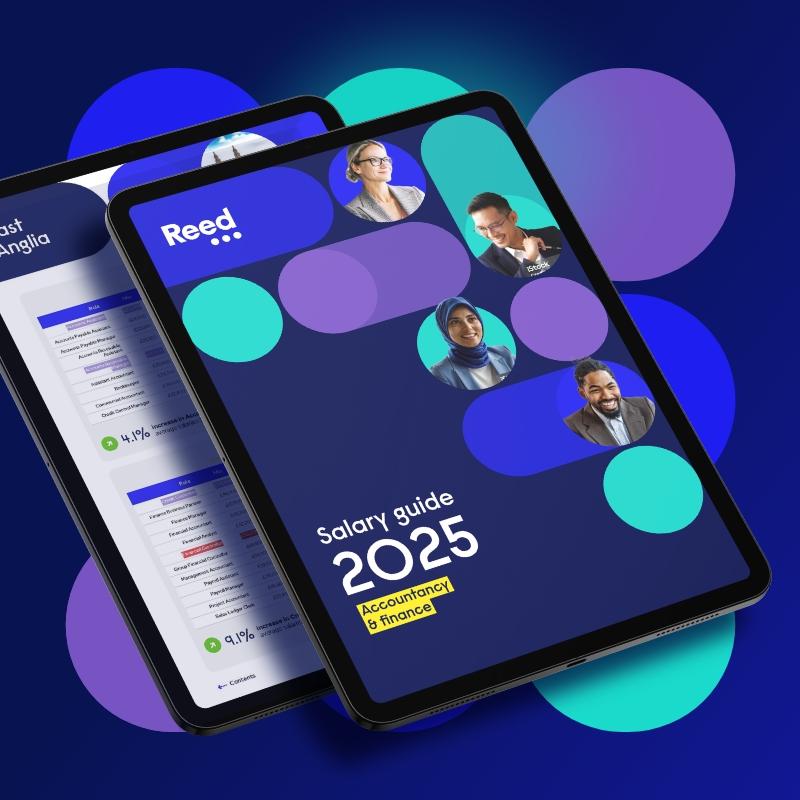What is seasonal affective disorder?
Also known as SAD, seasonal affective disorder is a form of depression that comes and goes in a seasonal pattern. The symptoms are very similar to those of depression and are more severe during the winter months. According to the NHS, some of the symptoms SAD sufferers may experience include, but are not limited to:
a persistent low mood
a loss of pleasure or interest in normal everyday activities
irritability
feelings of despair, guilt, and worthlessness
feeling lethargic (lacking in energy) and sleepy during the day
It is widely believed that a lack of sunlight during the winter months is the cause of SAD. It can cause a part of the brain called the hypothalamus to stop working properly, which disrupts the production of hormones serotonin and melatonin, leading to feelings of depression. Additionally, the body’s circadian rhythm (internal clock) uses sunlight to determine important physiological functions, so when there is less light in the mornings and evenings, it can disturb the rhythm, again causing symptoms of depression.
According to a UK survey by workplace consultants Peldon Rose 44% of employees say that winter has a negative effect on their mental wellbeing, and 35% believe they are suffering or have suffered from SAD. This highlights the significance of seasonal depression on business productivity and employee wellbeing, and the consequences for employers if they don’t take this issue seriously and support employees who may be suffering with this disorder.
What to do if you notice a change in your employee?
Symptoms of SAD can often go unnoticed, and the increase in remote working means it may go undetected for longer than normal. It can be harder to know how someone is feeling via email and if you are not physically in the same building you may have to pay extra attention to non-verbal clues to ascertain that they are suffering.
If you notice a change in your employee’s motivation or mood this winter, before you jump to disciplinary action, you should sit down and talk to the employee about the cause of their recent changes. It may be that they are unaware that they have symptoms of SAD, but if you suspect this could be the issue, then you should suggest that they see their GP.
However, it is best not to mention that you think they may be suffering from SAD - you need to be careful not to diagnose someone - but advising them to speak to their GP is the best route. Then schedule another meeting after they have seen their doctor to talk about how they are feeling and how you can support them.
Informing human resources
Once you have spoken to the employee, your first port of call is to inform your HR department. They will have policies in place to support employees and can refer you to additional services.
According to the Equality Act 2010, if SAD has a substantial adverse effect on an employee's ability to carry out their normal day-to-day activities and has lasted for 12 months - or is likely to last for at least 12 months - then it is classed as a disability. Employers have a legal duty to provide reasonable adjustments for employees with disabilities, so it’s essential that HR are informed and can support where needed.
Practical support
The first thing you should do is listen! There is often a misconception about SAD, and some may not take it seriously, but it’s important that you listen to the employee and not pass judgment.
Knowing how to help someone who is suffering from a mental health disorder is difficult, but you are not expected to know instantly or to even offer emotional advice. You are not a trained mental health professional, but there are still some things you can do to support them.
Utilising natural light
The first step is to sensitively discuss with the employee how their symptoms manifest and what support they feel they may need. As making the most of natural light can help alleviate some symptoms – even if only temporarily – working nine-to-five in an office may not be the best solution for someone suffering with SAD. Try to allow them opportunities to be exposed to as much natural light as possible. This could include:
Allowing them to work from home
Utilising flexi-time
Taking a longer lunch break or more frequent breaks
Sitting them next to a window
Encouraging them to go outside for a walk during breaks
Light boxes
Light therapy is a popular treatment for those with SAD and can help relieve symptoms for some people. Light boxes mimic natural light and the NHS recommends using this for at least 30 minutes each morning. These are not available on the NHS, so businesses could look to invest in these for employees who are suffering. This will show that you are taking their illness seriously and being proactive and supportive during their treatment.
However, light boxes may not be suitable for everyone, for example, those with an eye condition that increases sensitivity to light, or people on certain medications. So before purchasing one, you should encourage your employee to consult with their GP first.
Other treatments
Some talking therapies such as cognitive behavioural therapy (CBT) or counselling can be helpful to those with SAD. Some businesses will have anonymous employee assistance programmes where employees can talk with a neutral party about their wellbeing. You should point them to this where appropriate or encourage them to speak to a trained professional about talking therapies. Similarly, medication such as antidepressants may be beneficial, but again, you should direct them to their doctor.
It can be difficult to navigate sensitive subjects such as mental health, but the key thing to understand is that SAD is a mental health disorder like any other and should be treated in the same way as any other physical or mental condition.
There are many ways that you can support employees suffering with SAD, but it’s important to keep the lines of communication open, let them know that you are there to support them, take them seriously when they are discussing their experience, and make sure that you keep in constant communication with HR to ensure you are compliant with disability legislation.
If you are looking for a professional to join your team, get in touch with one of our specialist consultants today.




